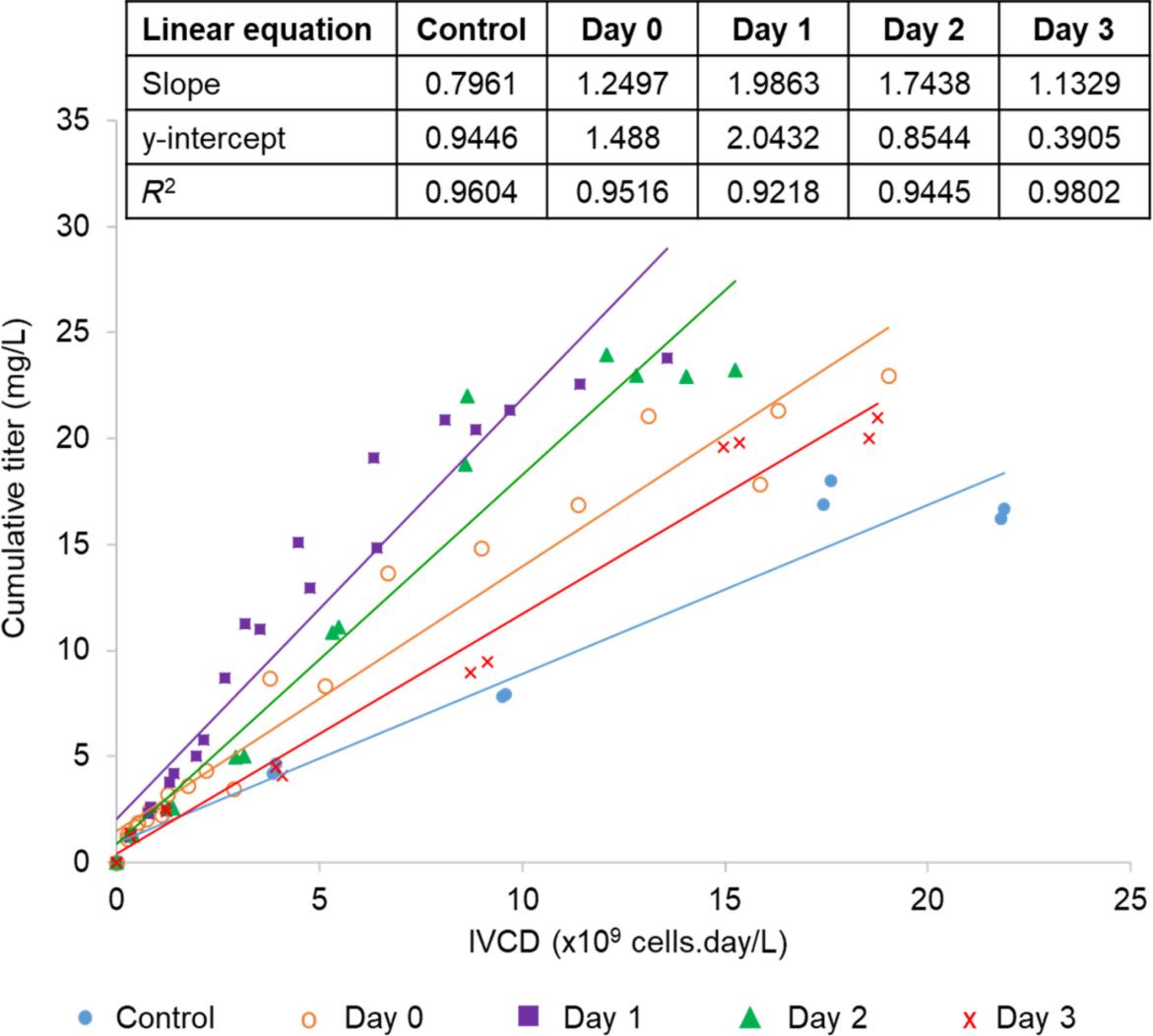DHFR Knockout Cell Line-CHO K1
Cat.No. : CSC-RT2779
Host Cell: CHO-K1 Target Gene: DHFR
Size: 1x10^6 cells/vial, 1mL Validation: Sequencing
Cat.No. : CSC-RT2779
Host Cell: CHO-K1 Target Gene: DHFR
Size: 1x10^6 cells/vial, 1mL Validation: Sequencing
| Cat. No. | CSC-RT2779 |
| Cell Line Information | This cell is a stable cell line with a homozygous knockout of DHFR using CRISPR/Cas9. |
| Target Gene | DHFR |
| Host Cell | CHO-K1 |
| Size Form | 1 vial (>10^6 cell/vial) |
| Shipping | Dry ice package |
| Storage | Liquid Nitrogen |
| Species | Cricetulus griseus (Chinese hamster) |
| Revival | Rapidly thaw cells in a 37°C water bath. Transfer contents into a tube containing pre-warmed media. Centrifuge cells and seed into a 25 cm2 flask containing pre-warmed media. |
| Mycoplasma | Negative |
| Format | One frozen vial containing millions of cells |
| Storage | Liquid nitrogen |
| Safety Considerations |
The following safety precautions should be observed. 1. Use pipette aids to prevent ingestion and keep aerosols down to a minimum. 2. No eating, drinking or smoking while handling the stable line. 3. Wash hands after handling the stable line and before leaving the lab. 4. Decontaminate work surface with disinfectant or 70% ethanol before and after working with stable cells. 5. All waste should be considered hazardous. 6. Dispose of all liquid waste after each experiment and treat with bleach. |
| Ship | Dry ice |
Chinese hamster ovary (CHO) cell lines are the most widely used mammalian cell lines for large-scale production of therapeutic proteins, especially antibodies. Here, researchers investigated the effects of adenosine and its derivative cordycepin on the production of recombinant human monoclonal antibodies (adalimumab) in two commonly used Chinese hamster ovary (CHO) cell lines. The two cell lines have different gene amplification systems, namely CHO DHFR knockout (CHO-DHFR−) and GS-CHO knockout (GS-KO CHO) cells. The results showed that adenosine inhibited the cell growth rate of both CHO cell lines and increased the proportion of cells in the S phase of the cell cycle. In cultures without glucose feeding, adenosine could significantly increase the antibody titer and productivity of both CHO cell lines. However, in the presence of glucose feeding, adenosine did not increase the antibody titer in CHO-DHFR− cells, but prolonged the culture time and significantly increased the antibody titer in GS-KO CHO cells. Therefore, adenosine supplementation may be useful for medium- to large-scale batch production of antibodies in GS-KO CHO cells. In the case of the adenosine derivative cordycepin, CHO-DHFR- cells required approximately 10-fold higher cordycepin concentrations than GS-KO CHO cells to show changes in cell growth and cell cycle. In addition, cordycepin significantly increased antibody titers only in CHO-DHFR- cells cultured without the addition of glucose.
In terms of antibody titer and productivity (Figure 1), after the addition of adenosine, antibody titer (approximately 1.2-1.4-fold) and productivity (approximately 1.5-2.6-fold) were increased in all adenosine-treated groups compared to the control group. The greatest effect of adenosine supplementation was seen on day 2 of cell culture, with a significant increase in antibody titer and productivity compared to the control group.
 Figure 1. The relationship between integral viable cell density (IVCD) and cumulative antibody titer obtained from CHO DHFR knockout cells treated with 1 mM adenosine supplementation on different days. (Jarusintanakorn S, et al., 2024)
Figure 1. The relationship between integral viable cell density (IVCD) and cumulative antibody titer obtained from CHO DHFR knockout cells treated with 1 mM adenosine supplementation on different days. (Jarusintanakorn S, et al., 2024)

Our promise to you:
Guaranteed product quality, expert customer support.
 24x7 CUSTOMER SERVICE
24x7 CUSTOMER SERVICE
 CONTACT US TO ORDER
CONTACT US TO ORDER